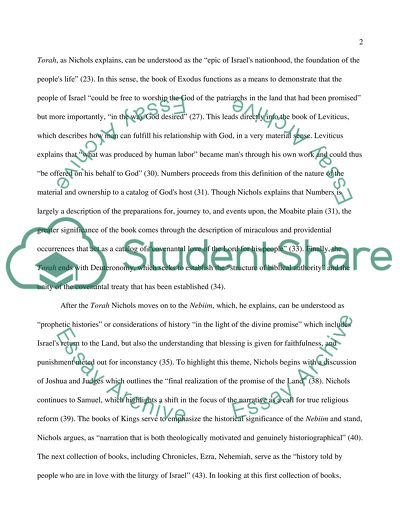Cite this document
(“A Reflection on Lovely Like Jerusalem, by Aidan Nichols Book Report/Review”, n.d.)
A Reflection on Lovely Like Jerusalem, by Aidan Nichols Book Report/Review. Retrieved from https://studentshare.org/literature/1499041-a-reflection-on-lovely-like-jerusalem-by-aidan-nichols
A Reflection on Lovely Like Jerusalem, by Aidan Nichols Book Report/Review. Retrieved from https://studentshare.org/literature/1499041-a-reflection-on-lovely-like-jerusalem-by-aidan-nichols
(A Reflection on Lovely Like Jerusalem, by Aidan Nichols Book Report/Review)
A Reflection on Lovely Like Jerusalem, by Aidan Nichols Book Report/Review. https://studentshare.org/literature/1499041-a-reflection-on-lovely-like-jerusalem-by-aidan-nichols.
A Reflection on Lovely Like Jerusalem, by Aidan Nichols Book Report/Review. https://studentshare.org/literature/1499041-a-reflection-on-lovely-like-jerusalem-by-aidan-nichols.
“A Reflection on Lovely Like Jerusalem, by Aidan Nichols Book Report/Review”, n.d. https://studentshare.org/literature/1499041-a-reflection-on-lovely-like-jerusalem-by-aidan-nichols.


